Yes — BCAAs can help reduce muscle soreness, especially in beginners, fasted lifters, and athletes in a caloric deficit. But they’re not magic pills.
I’ve tested them with dozens of clients, and results vary depending on diet, intensity, and recovery habits.
For example, Liam, a 26-year-old software engineer from London, joined my coaching program to build strength.
After his first heavy squat session, he described his soreness as “crippling.” I introduced a basic 5g BCAA protocol before and after his lower body days. After two weeks, he messaged:
It still hurts, but now I can actually sit on the toilet without swearing.
That small difference helped him show up to every session — which is the real win.
Table of contents
What Causes Muscle Soreness After Workouts?

Most soreness 24–72 hours post-training is DOMS (Delayed Onset Muscle Soreness). It’s your body’s response to:
- Microtears in muscle fibers
- Inflammation and fluid shifts
- Unfamiliar movement patterns or high intensity
As a coach, I’ve seen this hit beginners and returners the hardest.
One client, Isabella, a 31-year-old mother of two from Milan, came back to training after a year off. Her first glute session left her texting:
Hossein… my legs are broken. Sitting is a core workout now.
We backed off volume, added 10g of BCAAs intra-workout, and introduced post-training walks. Her DOMS reduced within 7–10 days — and more importantly, she didn’t quit.
How BCAAs Work in the Body

BCAAs — Leucine, Isoleucine, Valine — are three essential amino acids involved in:
- Muscle protein synthesis
- Energy production during workouts
- Reducing muscle breakdown in recovery
As a coach with over a decade of training experience and 6+ years coaching clients online, I’ve observed that consistent BCAA use can support faster recovery — especially when paired with hydration and a proper meal plan.
What the Science Says (And What I’ve Seen)
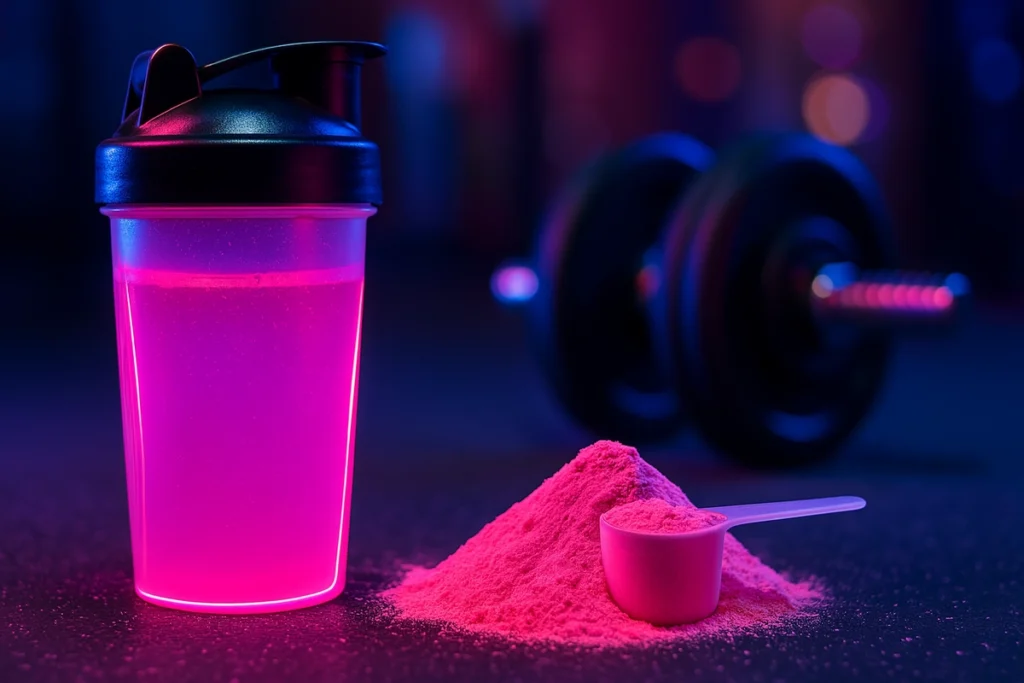
A study published in the Journal of the International Society of Sports Nutrition found that BCAA supplementation before and after eccentric exercise significantly reduced muscle soreness at both 24 and 48 hours post-exercise compared to a placebo group (Source).
While that sounds great on paper, in practice, results vary.
When Akira, a 23-year-old medical student from Tokyo, started lifting while training for a half-marathon, his legs were constantly sore. We added 7g of BCAAs intra-workout and made sure his overall protein hit 1.6g/kg daily.
Within 2 weeks, he said:
I feel fresher after leg day. I can actually run the next day without wincing.
That kind of feedback — from real-life application — matters more to me than numbers in a study.
Best Timing and Dosage for Muscle Soreness

From experience, here’s what I recommend:
- Intra- or post-workout BCAAs = best for recovery
- 5–10g per session, with water or electrolytes
- For fasted training, take 5g before you start
If you’re unsure exactly when to take them, here’s a full breakdown of the best time to take BCAAs based on your training schedule.
Nina, a 28-year-old client from Berlin, was doing 6am fasted workouts during Ramadan. She reported feeling sluggish mid-session. We added 5g BCAAs before training, and she immediately noticed better endurance and less soreness the next day.
Who Actually Benefits from BCAAs?
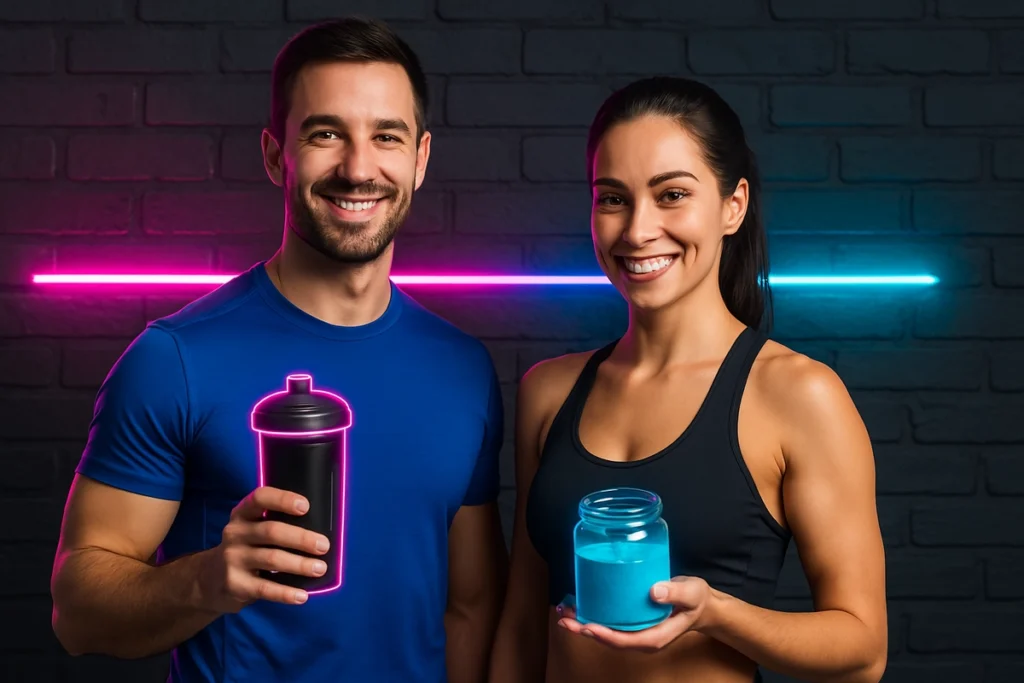
💥 BCAAs work best for:
- Beginners who are sore from every little movement
- Dieters/cutters in a calorie deficit
- Vegans/vegetarians or people with low protein intake
- Fast trainers (early morning or intermittent fasting)
Carlos, a 35-year-old vegan from Madrid, couldn’t hit his protein targets consistently. He trained 5x/week and was always sore. I introduced BCAAs post-workout + a protein blend at night — his soreness dropped, and he finally progressed without backsliding due to recovery issues.
BCAAs can even support your recovery on rest days. I often recommend sipping on BCAAs during active recovery, especially for those struggling with DOMS. Here’s more on the benefits of BCAAs on rest days — including when and how to use them for muscle maintenance.
BCAAs vs. EAAs vs. Whey – What’s Better for Soreness?
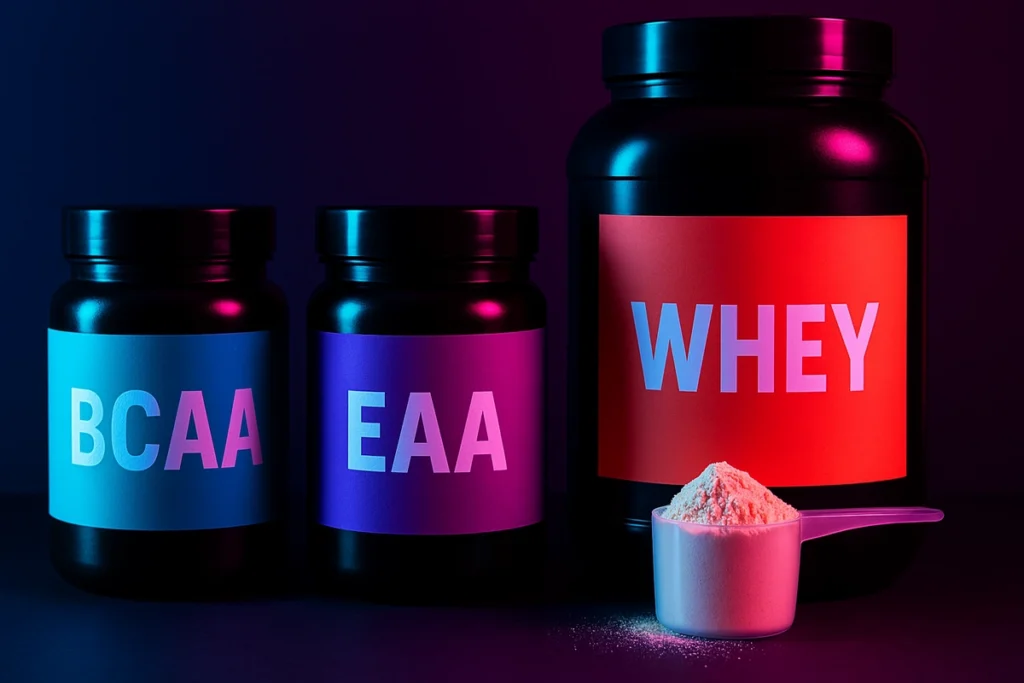
If I had to rank them for soreness recovery:
- Whey Protein
- EAAs (Essential Amino Acids)
- BCAAs
Still, BCAAs win for convenience. They’re light, mix easily, and taste good — perfect during workouts or for those who can’t stomach a shake post-session.
When Emily, a 29-year-old physique competitor from Sydney, asked me:
Should I go with whey or BCAAs?
I said:
If you’re low on total protein, go with whey. But if you want something light during workouts to support recovery, BCAAs can help.
When clients are looking for extra recovery tools, I sometimes compare BCAAs with glutamine. If you’re stuck deciding, I’ve written a detailed guide on BCAA vs glutamine for muscle recovery — including who needs what, and why.
And if you’re planning to stack both, here’s the full protocol on how to take BCAA and glutamine together without wasting your money or messing with absorption.
Final Thoughts: Are BCAAs Worth It in 2025?
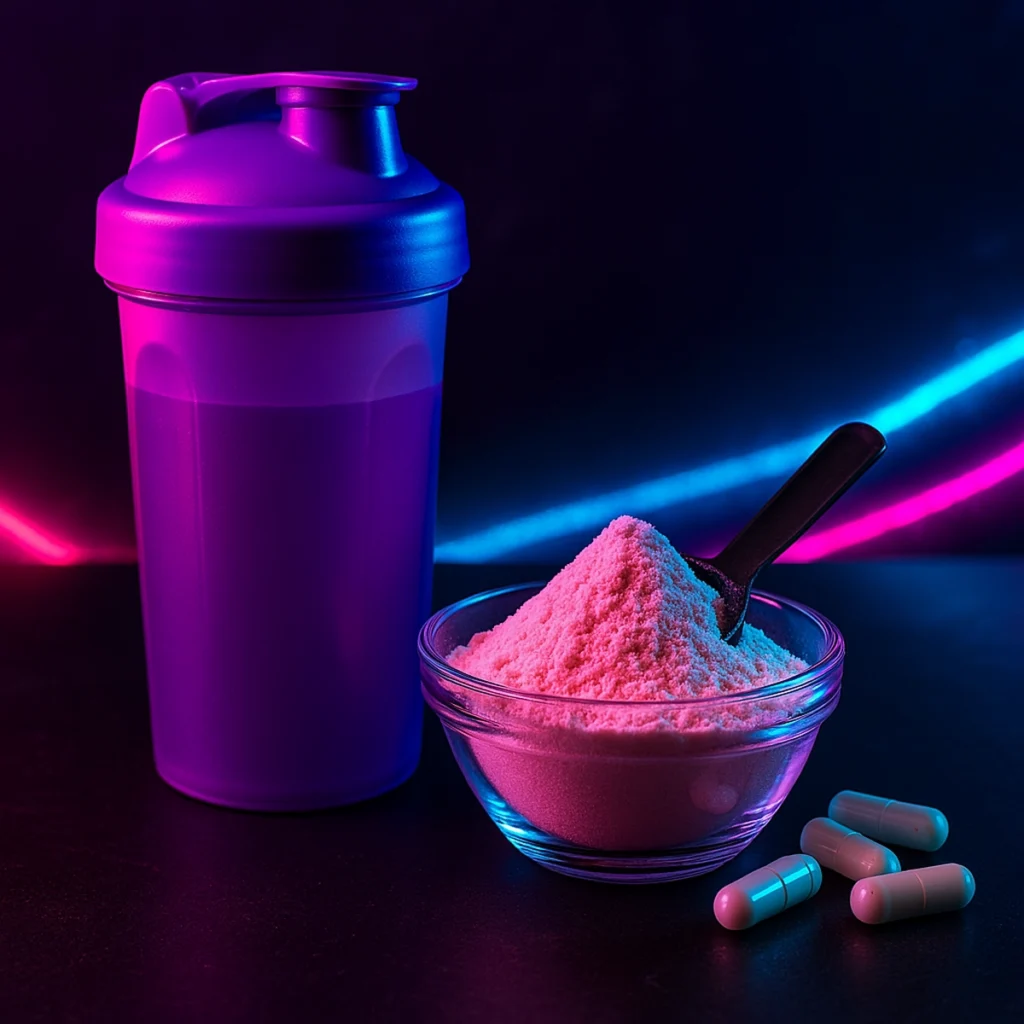
✅ Yes — for the right people in the right scenarios
❌ No — if you expect miracles from a supplement
As a coach, I never push supplements as a must. But when soreness threatens your consistency — and your training, sleep, and food are already solid — BCAAs might just be that missing 5% that keeps you going.
🎯 Supplements don’t replace discipline — they support it.
Bonus Advice for Clients
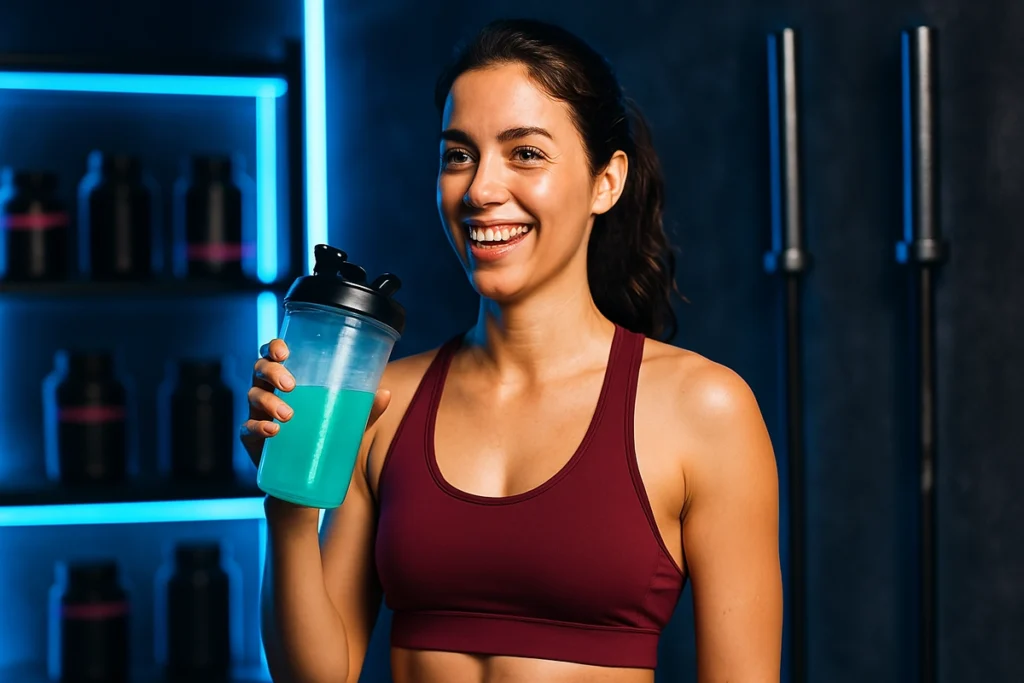
Here’s what I always tell my athletes:
Don’t buy BCAAs to feel like you’re doing something. Use them because you’ve already nailed your basics — and now want to go the extra mile.
If soreness is killing your consistency, try a 2-week BCAA trial with proper hydration and stretching. You’ll know fast if it helps.
Still sore after every workout? Drop a comment below — I’ll answer with a recovery plan that actually works.
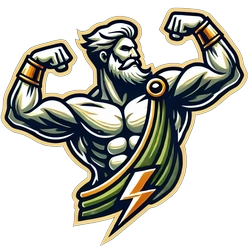


Leave a Reply